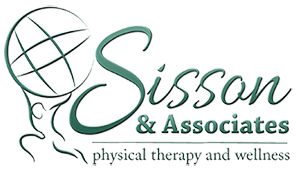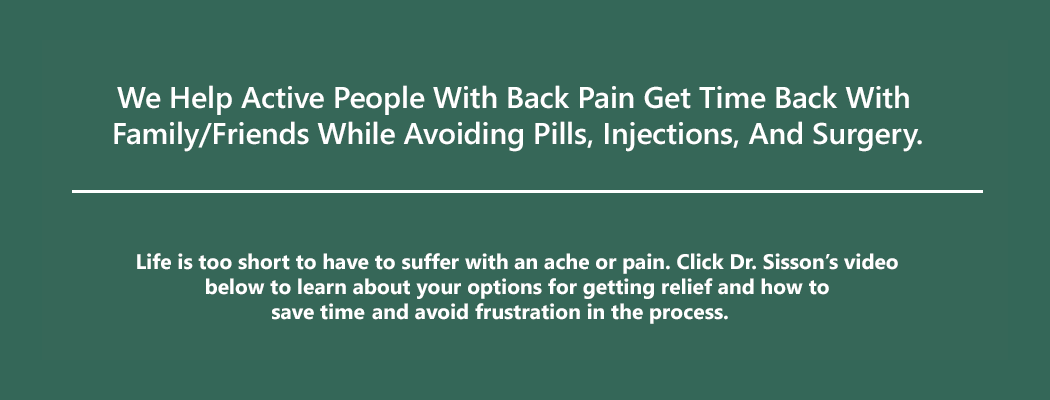I'm 43-years old and planning to have my left ankle fused because of severe arthritis from an old injury. What can I expect down the road after this operation?
Ankle fusion has become a more popular way to treat end-stage arthritis in younger adults. It's a way to save the ankle and preserve some function. The operation is called a salvage procedure.
Long-term, functional outcomes of ankle fusion aren't known yet. Studies are underway that will be following patients for many years and reporting results. A recent report of intermediate results has been published. Patients were followed for an average of three to four years. Results were compared between the fusion group and a healthy (control) group of adults who didn't have a history of ankle problems or pain.
The researchers report most of the patients were satisfied with the results and would do it again if they had to. Pain relief was the number one advantage to this operation. Although they could still walk without crutches, cane, or other assistive devices, their gait was slower with shorter steps than adults in the control group.
There's also a good chance you may develop arthritis in the other joints of the foot and ankle. Your surgeon will monitor for this. Additional surgery may be needed sometime further down the road.
Rhys Thomas, FRCS (ORTH), et al. Gait Analysis and Functional Outcomes Following Ankle Arthrodesis for Isolated Ankle Arthritis. In The Journal of Bone and Joint Surgery. March 2006. Vol. 88-A. No. 3. Pp. 526-535











